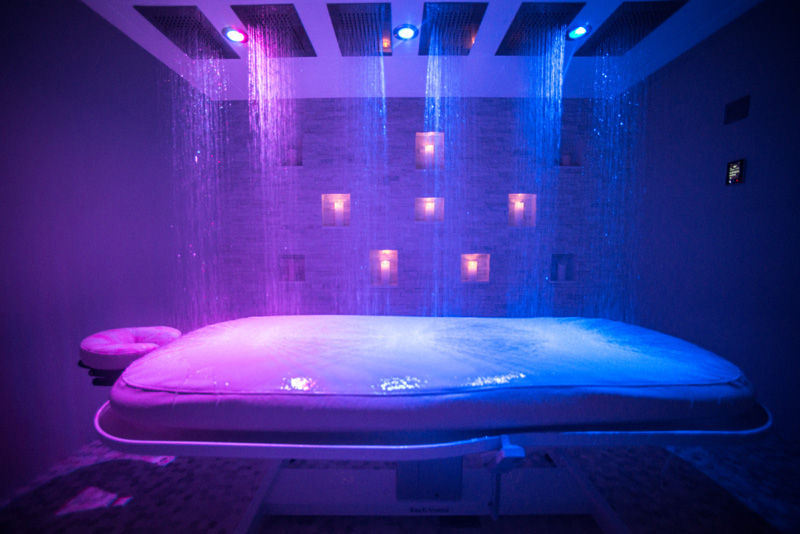The “plastic” in plastic surgery doesn’t come from recycled polyethylene or polyvinyl chloride.
It comes from the Greek word “plastikos” meaning “to mold” or “to form.”
It takes four years of pre-med, four years of medical school and a six-year residency to become certified by the American Board of Plastic Surgery. Despite that long road, plastic surgery is a rapidly growing field. Here in the United States, the number of procedures performed annually has more than doubled in the past decade.
Plastic surgeries are generally classified as either “reconstructive” or “cosmetic.” The American Society of Plastic Surgeons reports there were 5.8 million reconstructive surgeries last year and 15.6 million cosmetic procedures.
Despite the country’s nearly 3-to-1 preference for cosmetic surgeries, Vero Beach’s Dr. Alan Durkin at Ocean Drive Plastic Surgery, says it’s often difficult to delineate which is really which.
While the UCLA Division of Plastic and Reconstructive Surgery states, “The goals of reconstructive surgery differ from those of cosmetic surgery,” Durkin disagrees. He says there’s not always a clear demarcation between the two.
“Reconstructive surgery,” according to UCLA, “is performed on abnormal structures of the body, caused by birth defects, developmental abnormalities, trauma or injury, infection, tumors or disease. It is generally performed to improve function, but may also be done to approximate a normal appearance.”
Meanwhile, the California school goes on to state that cosmetic surgery, “is performed to reshape normal structures of the body to improve the patient’s appearance and self-esteem.”
Durkin sees those lines as more blurred.
“The goal of plastic surgery is to make sure that people look the way they feel. So, stepping back from that, if you’re a cosmetic patient, then you don’t like what you’re seeing in the mirror. If you’re a reconstructive patient, you don’t like what’s happened because of a disease process, injury or something else. But conceptually, those patients are more similar than they are dissimilar. My goal is to get people the best possible result in the safest possible fashion, with the least amount of surgery. To do that through cosmetic or reconstructive means, it’s the same concept. It really is,” he said.
To prove his point, Durkin displays a photo of a patient whose lower lip was severely disfigured by a dog bite. Technically, that lower lip was still functional, but it was also badly disfigured.
Was the plastic surgery Durkin performed on that patient reconstructive or cosmetic? “At the end of the day,” Durkin muses, “there’s a very minute difference between aesthetic surgery and reconstructive surgery.”
A University of South Florida graduate who also served a two-year oncology fellowship at Tampa’s Moffitt Cancer Center, Durkin freely admits that the bulk of his practice could certainly be called “cosmetic” though he quickly adds, “We’re also doing a lot of melanoma care; a lot of support for dermatologists in the community.”
“My most common procedures in this office,” Durkin continues, “are face-lifts and breast augmentations on the cosmetic side. On the reconstructive side, the most common things we see are malignant melanomas and breast reconstructions.”
About 70 percent of Durkin’s patients are women. That, he says, includes both surgical and non-surgical treatments.
To better appeal to that demographic, Durkin and his business partner, Christopher Gurny, just opened an additional 20,000 square feet of pure luxury at their Highway A1A location.
Plush rooms, a borderline decadent hydro-therapy suite with multiple “rain head” showers, a sophisticated lighting system with an adjacent steam room, a team of estheticians and new hardwood floors along with a private operating room, cater to those looking for pampered treatment. (Durkin also enjoys full hospital privileges at Indian River Medical Center and the Scully-Welsh cancer center.)
Meanwhile, a new gym and workout center called “Elite Physiques,” complete with private trainers for discerning exercisers, is also being offered now.
The garrulous and downright effervescent Durkin says, “The biggest difference between cosmetic and reconstructive surgery, in my opinion, is what’s covered by insurance and what isn’t.
“For example, plastic surgery for the upper eyelid when the eyelid droops down and covers your vision, your insurance will cover that. But they won’t cover removing the bags from your lower eyes because there’s no ‘functional deficit’ there.”
Whether it’s reconstructing a mangled lower lip, repairing damage done by malignant melanomas or performing liposuction, tummy-tucks, breast augmentations and botox injections, Durkin’s simply wants his patients to look in the mirror and like what they see.
Dr. Alan Durkin is at 5070 Hwy. A1A in Vero Beach. The phone number is 772-234-3700. Christopher Gurney is at Elite Physiques at same address. He can be reached at 772-234-5403.

